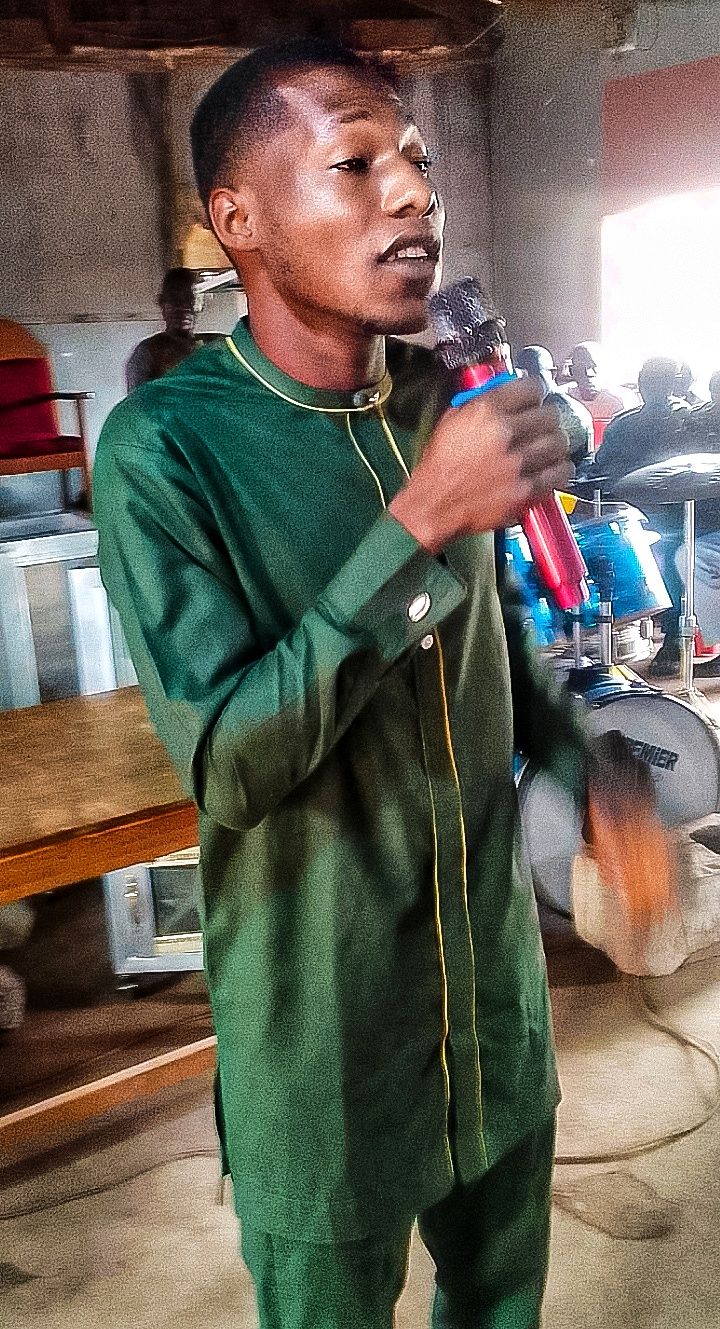Life is full of alignments and misalignments. At times, things fall perfectly into place: our plans correspond with our resources, our words match our actions, and our dreams synchronize with reality. Yet more often than not, we are faced with moments that simply do not correspond. It is in these gaps, in the space between expectation and reality, that some of life’s deepest lessons are learned.

When we say something does not correspond, we mean it is out of order, mismatched, or inconsistent. Think of a puzzle piece that almost fits but refuses to lock in place. The picture remains incomplete, leaving us slightly unsettled. In human experiences, these mismatches happen everywhere. A person may speak of love but fail to show it. Leaders may promise change but deliver the opposite. A friend may smile outwardly but carry inner bitterness. Each of these reflects a reality that does not correspond.

At first glance, such misalignments appear frustrating. We long for coherence and harmony, yet the world constantly throws contradictions our way. But perhaps these mismatches carry a hidden purpose. When things do not correspond, we are compelled to look deeper, question assumptions, and confront the uncomfortable truth. The clash between what should be and what actually is can be the spark that drives transformation.

Even in everyday life, we find these moments of “not corresponding.” For example, people have often said that my twin brother and I do not look alike. Though we share the same birthday and background, our physical features and personalities are different enough that many doubt we are twins. This simple observation reflects how appearances sometimes do not correspond to expectations. People expect twins to look identical, yet reality proves otherwise. But does that difference reduce our bond? Not at all. In fact, it enriches our uniqueness, reminding us that even when things don’t match perfectly, they can still carry value and beauty.

In relationships, mismatched words and actions often reveal authenticity, or the lack of it. If someone professes loyalty but betrays trust, the inconsistency unmasks their character. Though painful, such a discovery can protect us from deeper harm. Similarly, in academics, research, or professional work, when data does not correspond with our hypotheses, it challenges us to re-examine methods and refine understanding. Progress in science and knowledge often springs from results that defy expectations.
Even in spirituality, the idea of correspondence plays a central role. Scriptures often caution believers to ensure their faith is not just lip service but reflected in deeds. When belief does not correspond with conduct, the result is hypocrisy. Yet, through repentance and correction, misalignment can be realigned into harmony.
On a societal level, mismatches abound. A government may claim to serve the people yet prioritize selfish interests. Policies may be beautifully written on paper but fail in practice. The gap between the promise of education and the lived reality of unemployed graduates in many nations is a vivid example of correspondence gone missing. Recognizing this mismatch is the first step to demanding accountability and working toward solutions.

Ultimately, “does not correspond” is not just a phrase about inconsistency. It is a mirror reflecting life’s complexity. It reminds us that perfection is rare, contradictions are frequent, and growth often comes through tension. When life does not correspond, it is not the end of the story. It is an invitation, to reflect, to adjust, and to strive until alignment is restored.